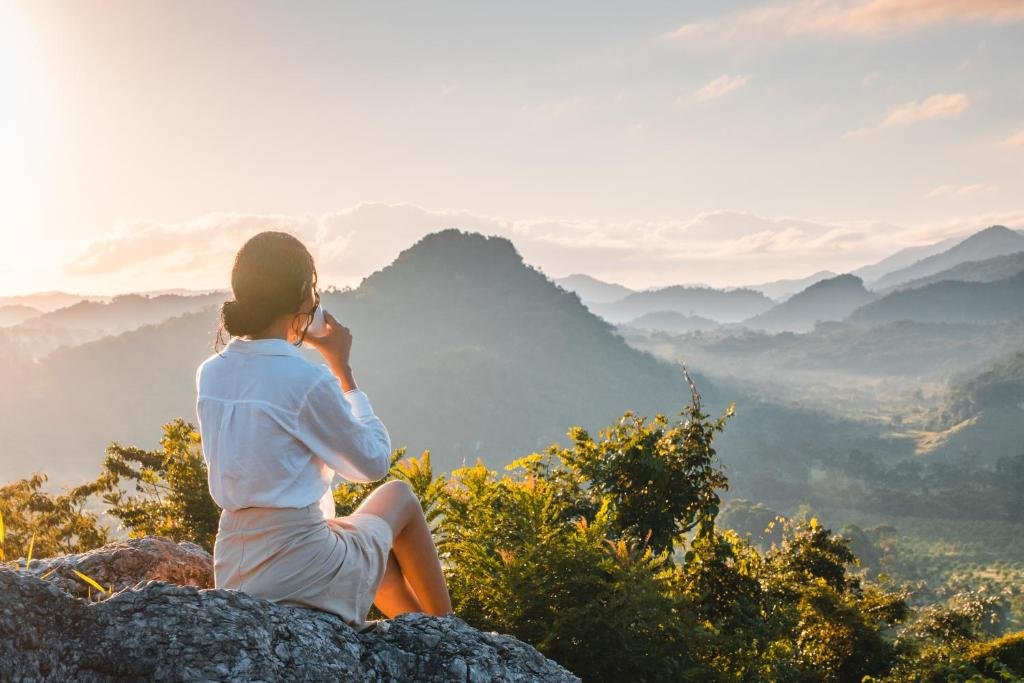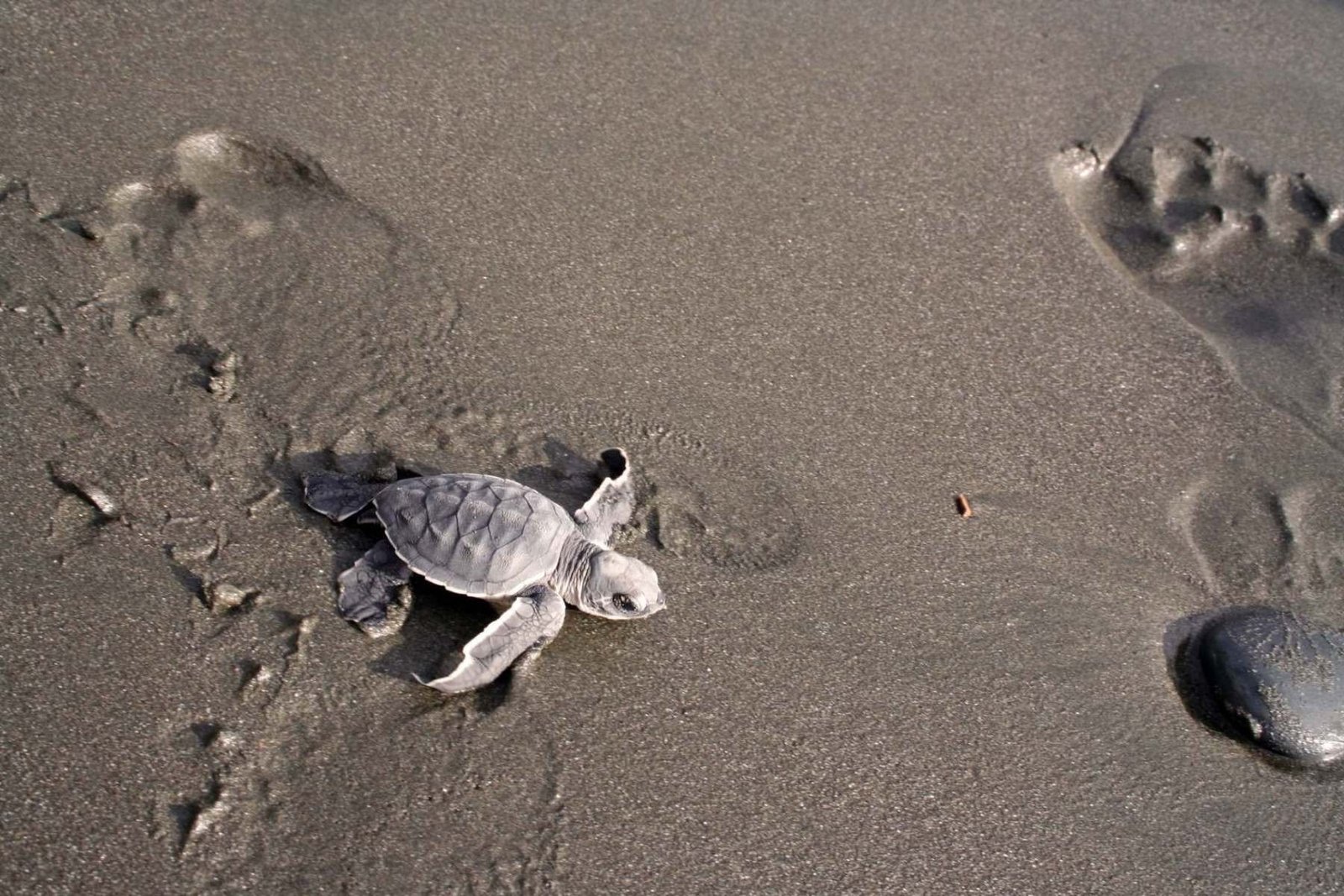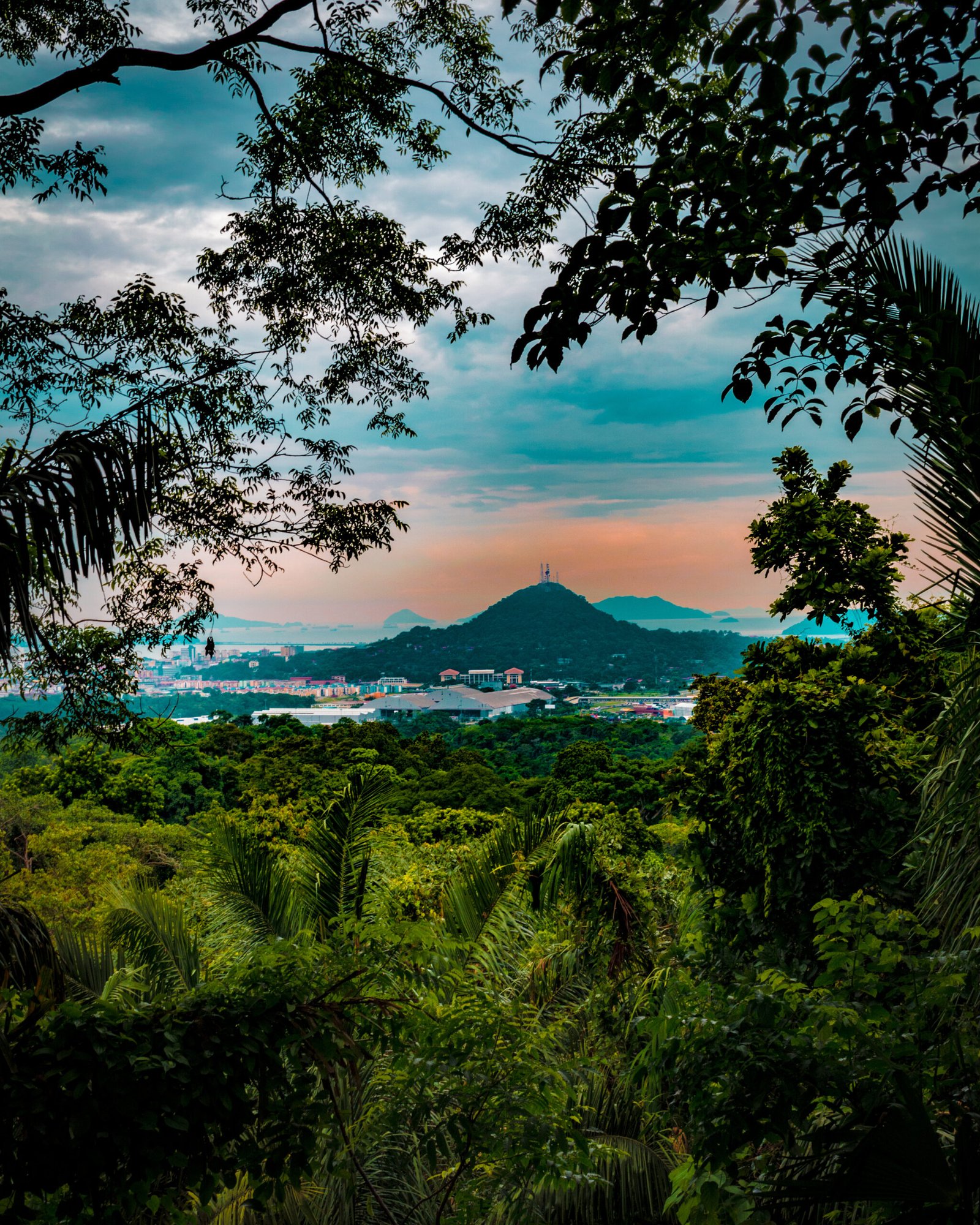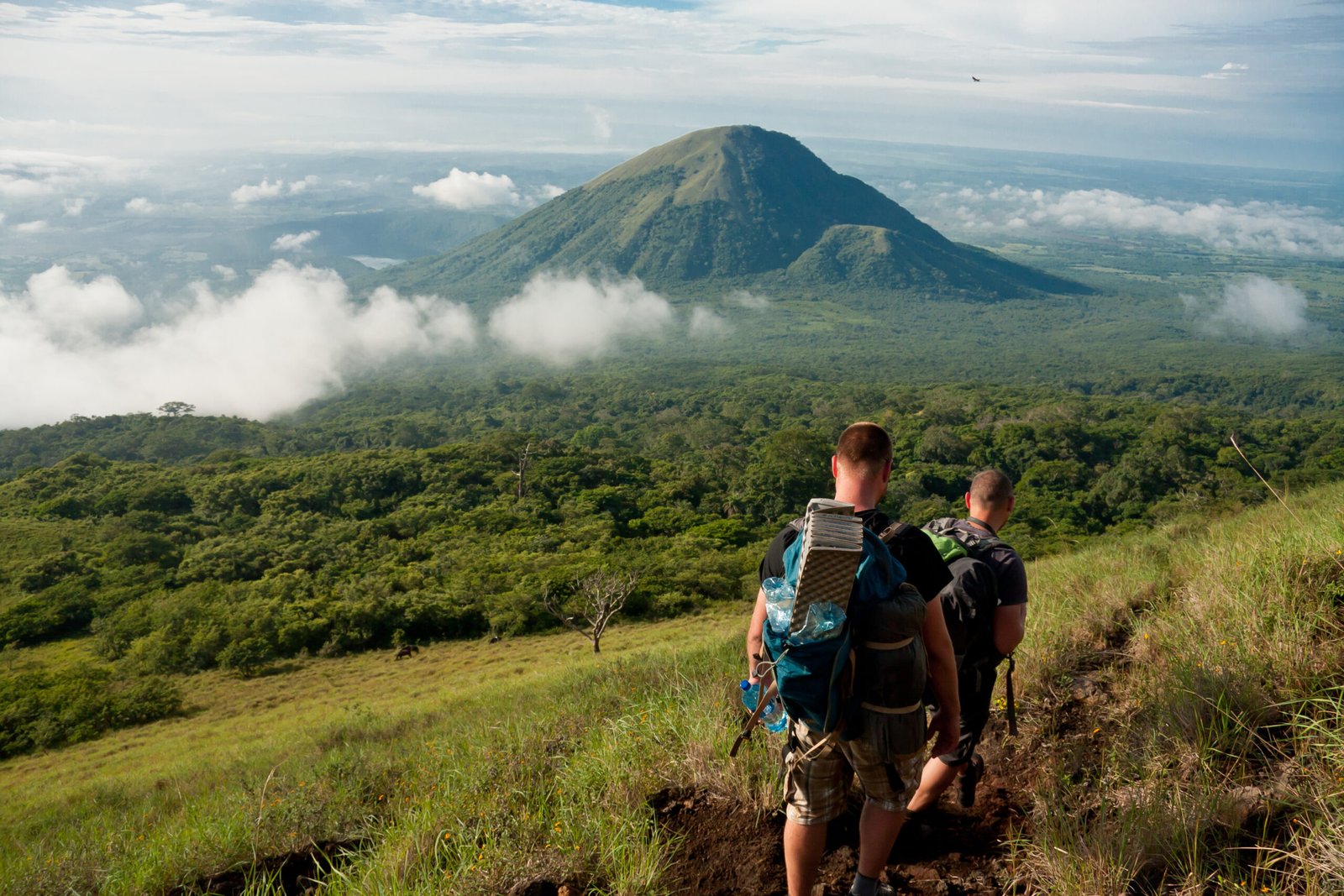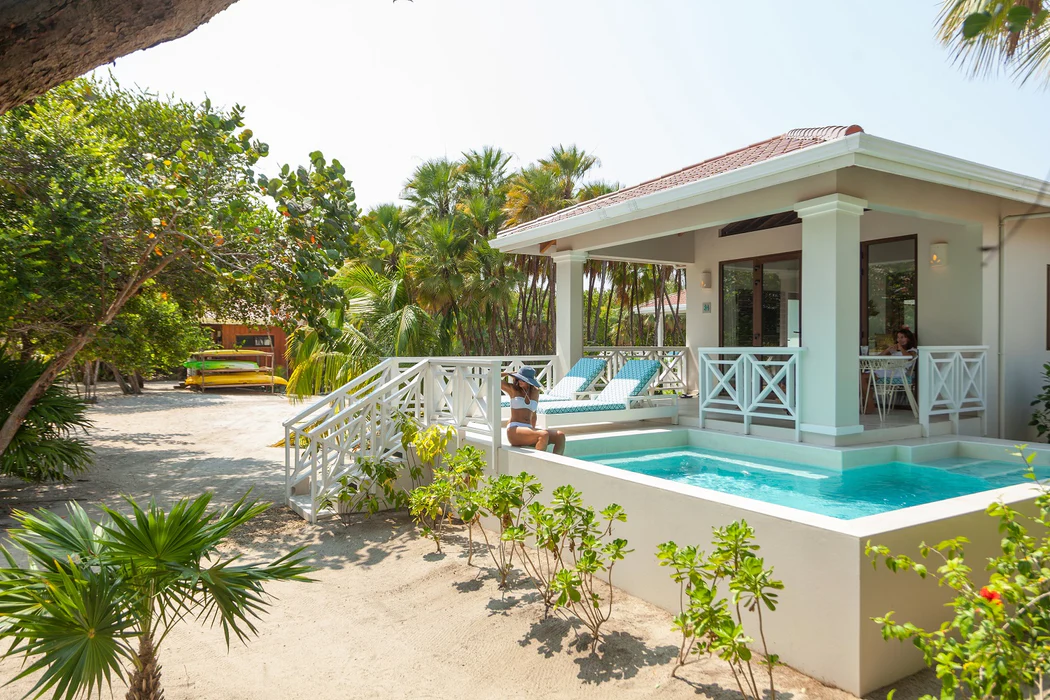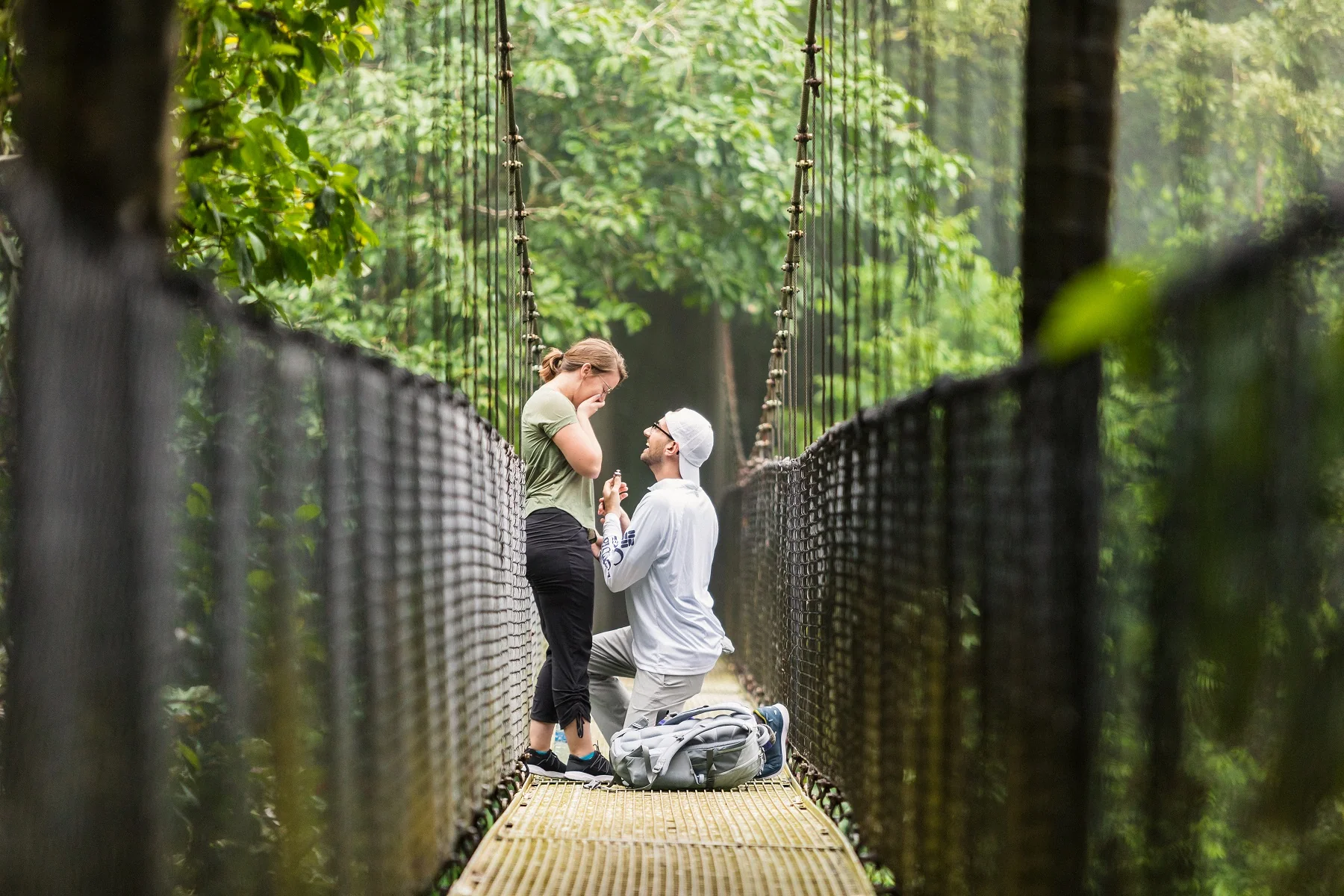Costa Rica is one of the most biodiverse countries in the world, home to more than 500,000 species of plants and animals. Representing nearly five percent of the planet’s biodiversity, this Central American country has become a global leader in conservation and sustainable travel. For visitors, it offers an unparalleled chance to connect with wildlife in its natural environment. Scarlet macaws flash red across the sky, howler monkeys call from the treetops, and sea turtles bury their eggs under the cover of night.
For travelers, these encounters are not only thrilling but also deeply moving. They connect you to the natural rhythms of the land and to Costa Rica’s pioneering efforts in conservation. If you are dreaming of a journey that brings you face to face with wildlife in its purest form, these are seven of the best places in Costa Rica to experience the wild.
Monteverde Cloud Forest Reserve: Where Quetzals Hide in the Mist
 Monteverde is one of Costa Rica’s most enchanting landscapes, with trails that wind through forests draped in orchids and moss. The cool mist creates an ethereal atmosphere where life flourishes at every level, from neon-green tree frogs on the forest floor to darting hummingbirds among the canopy.
Monteverde is one of Costa Rica’s most enchanting landscapes, with trails that wind through forests draped in orchids and moss. The cool mist creates an ethereal atmosphere where life flourishes at every level, from neon-green tree frogs on the forest floor to darting hummingbirds among the canopy.
Top Wildlife Experience:
Spotting the resplendent quetzal, one of the most iconic birds of Central America, known for its brilliant emerald plumage and flowing tail feathers.
When to see it: March to April during nesting season.
Imagine walking across a suspension bridge as the forest hums with life, mist drifting through the treetops, and suddenly the flash of emerald and red wings appears before you.
Corcovado: The Most Biologically Intense Place on Earth
 On the Osa Peninsula, Corcovado is the ultimate destination for travelers seeking raw wilderness. The rainforest here is dense, alive with the calls of spider monkeys, the chatter of scarlet macaws, and the silent prowl of the elusive jaguar.
On the Osa Peninsula, Corcovado is the ultimate destination for travelers seeking raw wilderness. The rainforest here is dense, alive with the calls of spider monkeys, the chatter of scarlet macaws, and the silent prowl of the elusive jaguar.
Top Wildlife Experience:
Witnessing Baird’s tapirs, the largest land mammals in Central America, often seen along rivers or forest clearings.
When to see them: May to November when wildlife is especially active during the green season.
Hiking through Corcovado feels like stepping into a world untouched, where every turn in the trail could bring you face to face with a species you have never seen before.
Tortuguero National Park: Costa Rica’s Little Amazon

Tortuguero is a watery world of canals, rivers, and lagoons, a place best explored by boat or kayak. The dense rainforest here is home to sloths, howler monkeys, and caimans, while brightly colored toucans and kingfishers perch above the water.
Top Wildlife Experience:
Watching thousands of green sea turtles nesting on Tortuguero’s beaches, an ancient ritual that connects you to one of nature’s most enduring cycles.
When to see it: July to September.
Picture yourself drifting through narrow waterways at dawn, the mist lifting from the forest as the sound of distant howler monkeys fills the air.
Manuel Antonio National Park: Rainforest Meets the Sea

Though one of Costa Rica’s smallest parks, Manuel Antonio is one of its most accessible and beloved. The combination of lush rainforest and white-sand beaches makes it a favorite for families and first-time visitors. Here, white-faced capuchins swing through the trees, sloths lounge lazily in the canopy, and toucans add bursts of color to the forest.
Top Wildlife Experience:
Playful white-faced capuchin monkeys, often spotted along the trails and beaches.
When to see them: Year-round, with early mornings offering the best activity and fewer crowds.
After walking the trails, you can relax at Playa Manuel Antonio, snorkel in calm waters, or take a guided boat trip through the mangroves nearby.
Cahuita National Park: Caribbean Rhythms and Coastal Wildlife

On the southern Caribbean coast, Cahuita blends Afro-Caribbean culture with natural wonders. The park is famed for its coral reefs, where snorkeling reveals schools of parrotfish, graceful sea turtles, and even reef sharks. On land, the calls of howler monkeys echo from the trees, while sloths and iguanas move slowly among the palms.
Top Wildlife Experience:
Snorkeling alongside sea turtles and colorful reef fish in the park’s protected waters.
When to see them: September to October when seas are calmest.
The pace here is unhurried, the air scented with coconut and salt, and the rhythm of reggae drifts from nearby Cahuita town.
Marino Ballena National Park: Where the Whales Gather

On the southern Pacific coast near Uvita, Marino Ballena is a marine sanctuary named for its most iconic visitors. Each year, humpback whales migrate to these warm waters to give birth and raise their calves. Boat tours often bring sightings of breaching whales and pods of playful dolphins.
Top Wildlife Experience:
Watching humpback whales and calves breaching just offshore.
When to see them: December to April and again August to September.
At low tide, the famous Whale’s Tail sandbar emerges, a natural formation shaped like a whale’s fluke. Nearby waterfalls and coastal forests add to the magic of this marine wonderland.
Santa Rosa National Park: A Rare Dry Forest Ecosystem

In Guanacaste, Santa Rosa offers a contrast to Costa Rica’s rainforests. This is one of the last remaining tropical dry forests in Central America, where wildlife is easier to spot among the sparse trees during the dry season. Troops of howler, spider, and capuchin monkeys swing noisily through the branches, while olive ridley turtles nest along the park’s beaches.
Top Wildlife Experience:
Watching olive ridley turtles nest on remote beaches.
When to see them: Late rainy season, typically September to November.
The park is also home to historic La Casona, a site tied to Costa Rica’s independence, and is loved by surfers for the legendary waves at Witch’s Rock.
Tips for Planning a Wildlife Trip in Costa Rica
|
Time your visit wisely |
Choose your regions strategically |
Green season means fewer crowds |
|
Different species are most active at different times of year. Whales peak in December to April and August to September, while turtles nest from July to September. |
Combining Monteverde, Tortuguero, and Corcovado creates a rich mix of ecosystems, from cloud forest to rainforest to coastal wetlands. |
From May to November, wildlife is active and landscapes are lush, though rain is common. |
|
Book guided experiences |
Pack the essentials |
Support sustainability |
|
Naturalist guides are skilled at spotting animals and enriching the experience with insights. |
Binoculars, lightweight rain gear, and sturdy walking shoes make a big difference. |
Choose lodges and tours that protect natural habitats and partner with local communities. |
Costa Rica is not just a destination for wildlife, it is a destination for connection. Watching a quetzal take flight, seeing a sea turtle return to the ocean, or hearing the echo of howler monkeys at dawn are moments that stay with you long after the journey ends. With Osaviva, your journey is curated to bring you close to these wonders while honoring the people and places that protect them.

